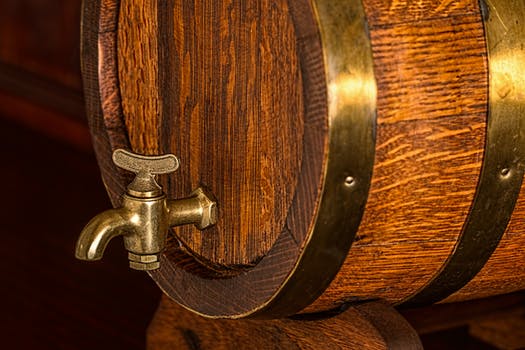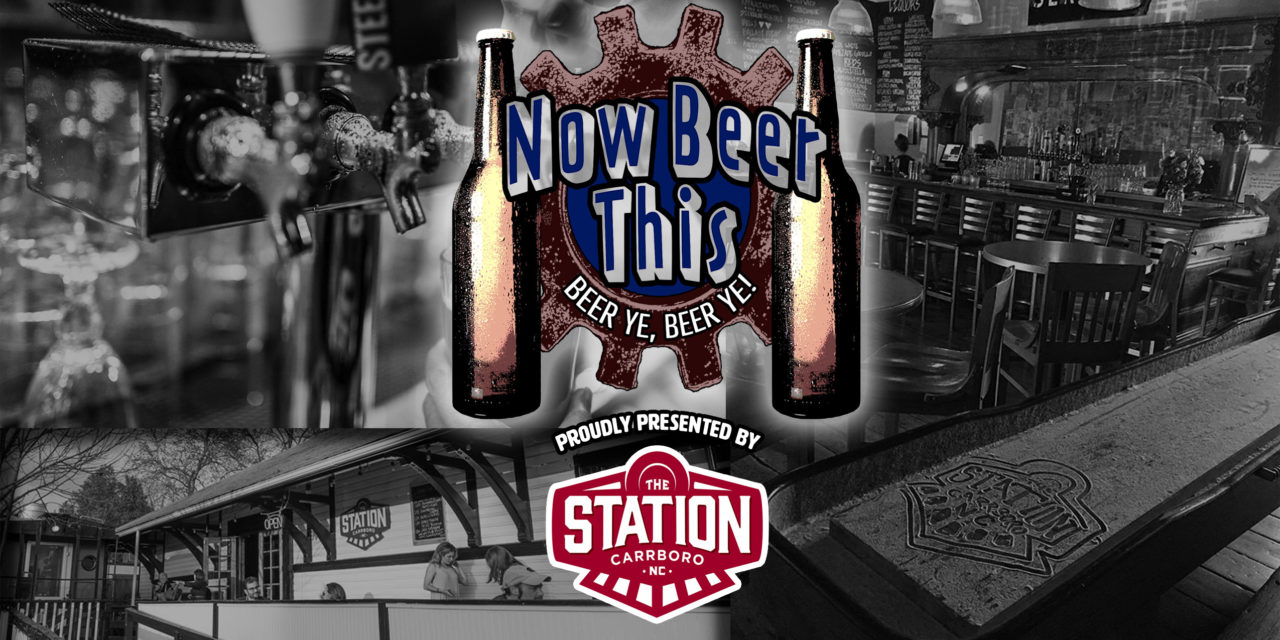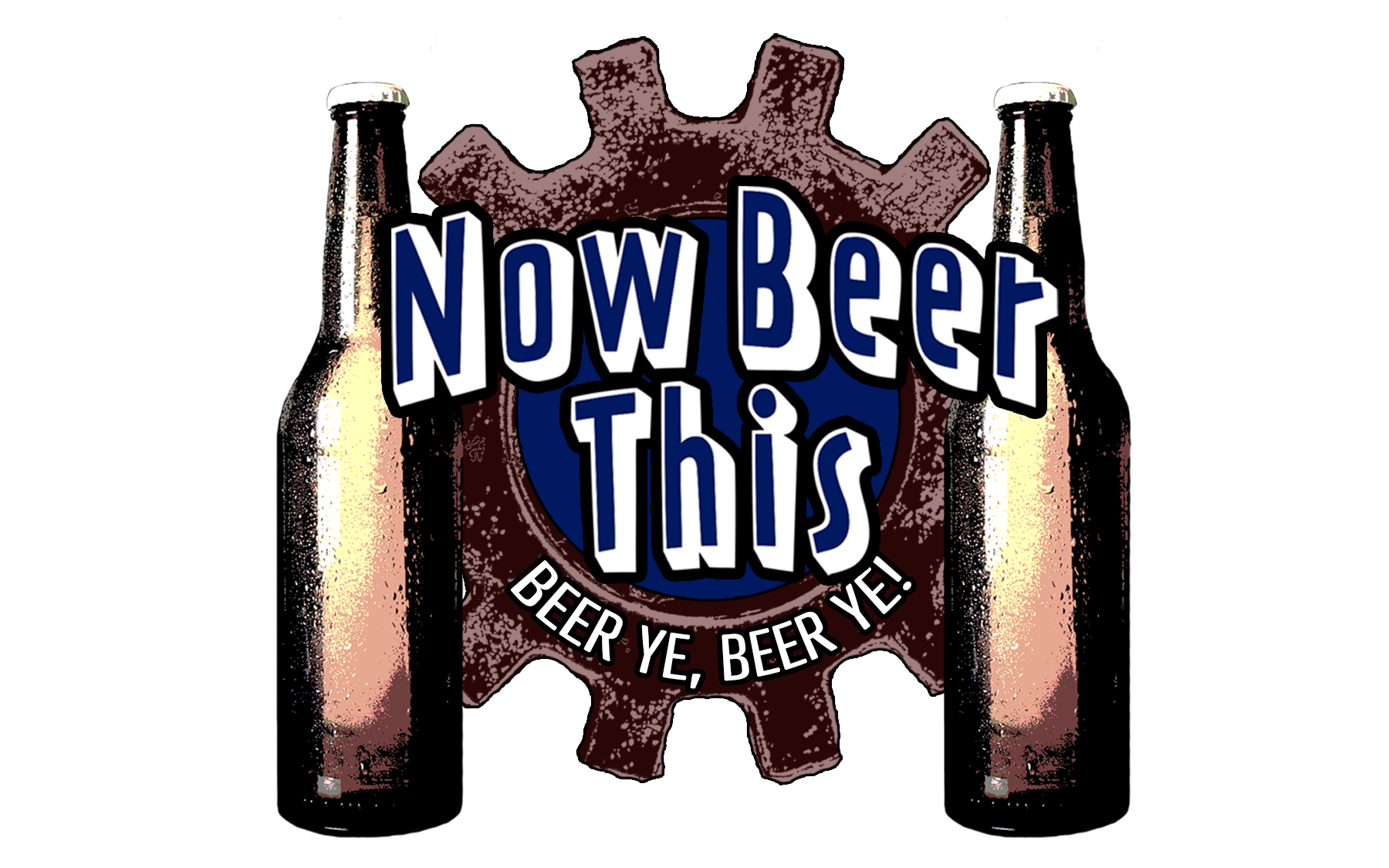Cask ale: Should I be drinking this stuff?
First, I know you’re asking yourself, “WTF is cask ale?” That’s a fair question, so let’s start with that, then we’ll get to the rest.
Cask ale, which is sometimes called “Real Ale,” is ale served directly from the container in which it was fermented without the use of artificial gases. Cask ales are normally served either through normal gravity where a tap is just stuck in the cask, it’s tilted and you pour beer out of it — or through a machine called (I love this!) a Beer Engine, which is really just a fun name for a pump. It is a long-standing beer tradition that is particularly clung to in the UK by grumpy old curmudgeons such as myself who think that pretty much everything was better way back when.
But was it, though?
Here are some of the good things about cask ale:
 Under the right circumstances, cask ale is a fun, enlightening, and tasty beer-drinking experience. You get to taste ale almost exactly like it would have been experienced 1000 years ago — or longer — which is kinda cool, right? Granted, this does mean a slightly lower level of carbonation than you have grown used to with your factory beer, but that’s part of the thing. It should have just been opened within the past 24-48 hours, so it’s going to taste fresh and will generally have a verdant hop aroma from the dry hopping which occurred in the cask (sometimes the style won’t command dry hopping, but it often does). Drinking this way takes you right back to wood-paneled interior and comfy booth at the local pub. Nothing says UK beer like cask ale!
Under the right circumstances, cask ale is a fun, enlightening, and tasty beer-drinking experience. You get to taste ale almost exactly like it would have been experienced 1000 years ago — or longer — which is kinda cool, right? Granted, this does mean a slightly lower level of carbonation than you have grown used to with your factory beer, but that’s part of the thing. It should have just been opened within the past 24-48 hours, so it’s going to taste fresh and will generally have a verdant hop aroma from the dry hopping which occurred in the cask (sometimes the style won’t command dry hopping, but it often does). Drinking this way takes you right back to wood-paneled interior and comfy booth at the local pub. Nothing says UK beer like cask ale!
But here are some of the bad things about cask ale:
When appropriate cellarman rules and techniques are not strictly followed, you can have a pretty noxious beer-drinking experience. As alluded to earlier, the key detail with this sort of beer is freshness. You HAVE to drink this stuff within 48 hours of tapping it. Can some beers, under some circumstances, stand to be left longer? Yeah. But why risk it? Cask ales are generally kept at about 50 degrees, which is warmer than normal beer, so the risk of infection increases from that. And the longer you let it sit, the more of a problem this becomes. Admittedly, there are some hipsters out there that love a sour beer, which is what an infected beer is, but that’s generally not a taste people are looking for, and is 100% NOT supposed to be part of the cask ale experience. Moreover, the use of the Beer Engine pumps normal air into the beer, which starts to immediately oxidize the beer. This is why your frat party kegs with the hand pump taste like cardboard the next day, by the way…same problem. And once again, the longer this sits, the worse it becomes.
In summary:
On the plus side, you can drink like Beowulf did! That’s cool.
On the negative side, you have to worry about the same storage and sanitation problems that Beowulf did. That’s not as cool.
So let’s answer the main question: Should you be drinking cask ale?
Yes. You should seek it out and give it a try. But you should approach it with an open mind as well as an understanding that it’s a (relatively speaking of course) a risk business. If the cellarman is doing it right, you’ll have the freshest beer you can possibly obtain without brewing it yourself. But if things aren’t going well for whatever reason, you might be disappointed by a sour and/or card-boardy, warm and flat beer. If the latter happens, don’t let it ruin cask ales for you. Just get yourself a nice, reliable modern beer to wash that taste out and move on to the next tasting experience.
Just so you know, our friends at Top of the Hill do a great job with their cask ale program and I urge you to give them a try. Carolina Brewery on Franklin St. will sometimes have something on cask, so you should ask them, too.
Now go get ‘em. Cheers!





